Picture this: You’re watching gentle giants the size of small boats gliding through crystal-clear Florida springs, and these massive creatures are quietly rewriting their survival playbook right before your eyes. For decades, you’ve known manatees as those lovable “sea cows” that lazily munch seagrass in warm waters. Yet what’s happening beneath the surface tells a fascinating story of adaptation, resilience, and unexpected environmental challenges that might surprise even seasoned wildlife experts.
In the last 70 or so years, the state’s rapidly growing population, expanding industry, and rising sea levels have re-engineered the Florida manatee’s natural habitat, limiting their access to food and the waters that kept them warm during cold winter months. As climate change reshapes Florida’s coastal landscape, conservationists are discovering that these ancient marine mammals possess remarkable abilities to adjust their behavior in ways no one predicted. So let’s get started exploring how Florida’s beloved manatees are proving they’re far more adaptable than anyone imagined.
Recent Arrivals: The Surprising Climate Connection
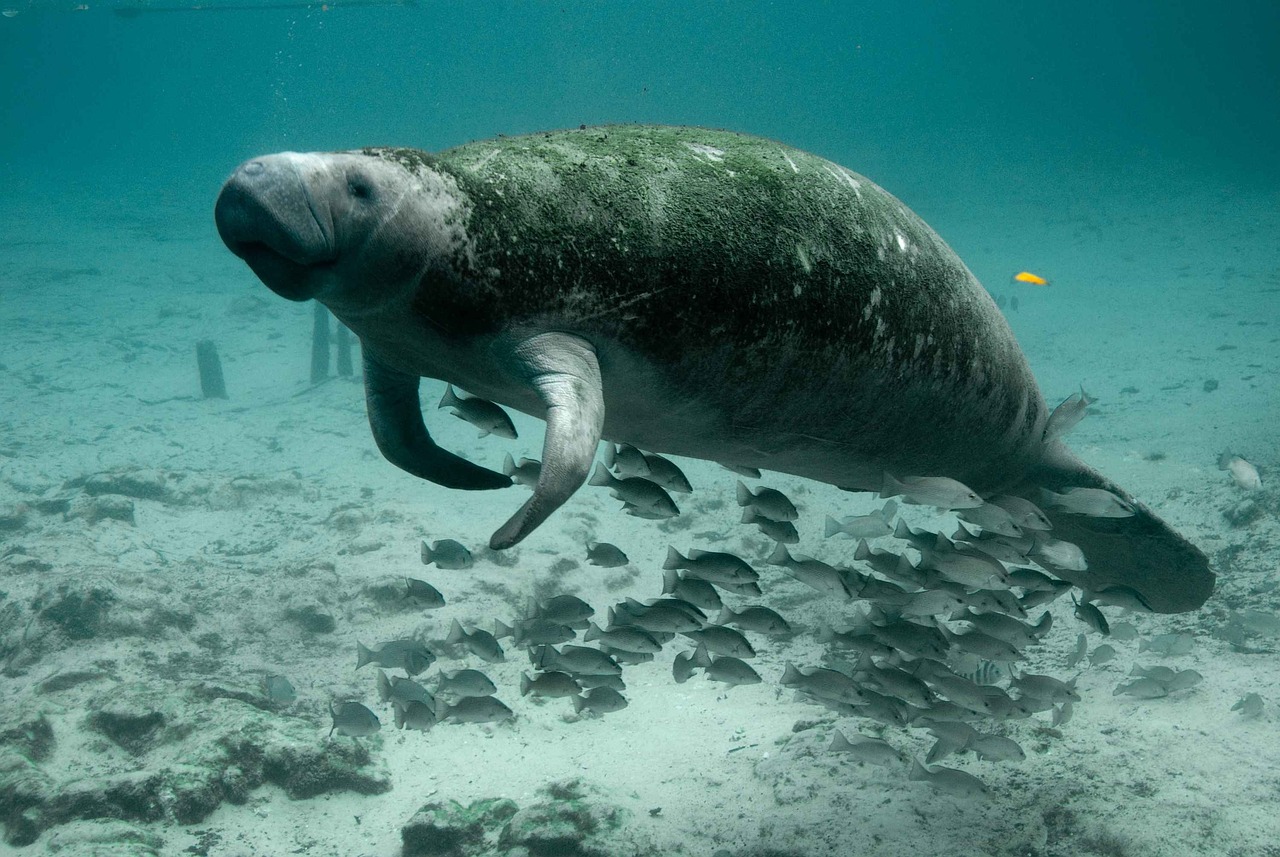
You might assume manatees have always called Florida home, swimming in these waters since time immemorial. However, some research suggests something quite unexpected. Like most Florida residents these days, manatees may not be native to the Sunshine State. Some scientists theorize the sea cows’ arrival may have been influenced by climate changes.
That period of significantly cooler global temperatures may have forced the Florida manatee (one of two subspecies of the West Indian manatee) to remain in warmer Caribbean waters. The manatees may have begun migrating from the West Indies when the climate started changing, possibly beginning around the end of the 19th century. This would mean Florida’s most iconic marine mammal might actually be among its newer residents, though this theory requires further research.
Revolutionary Tracking Technology Reveals Hidden Behaviors
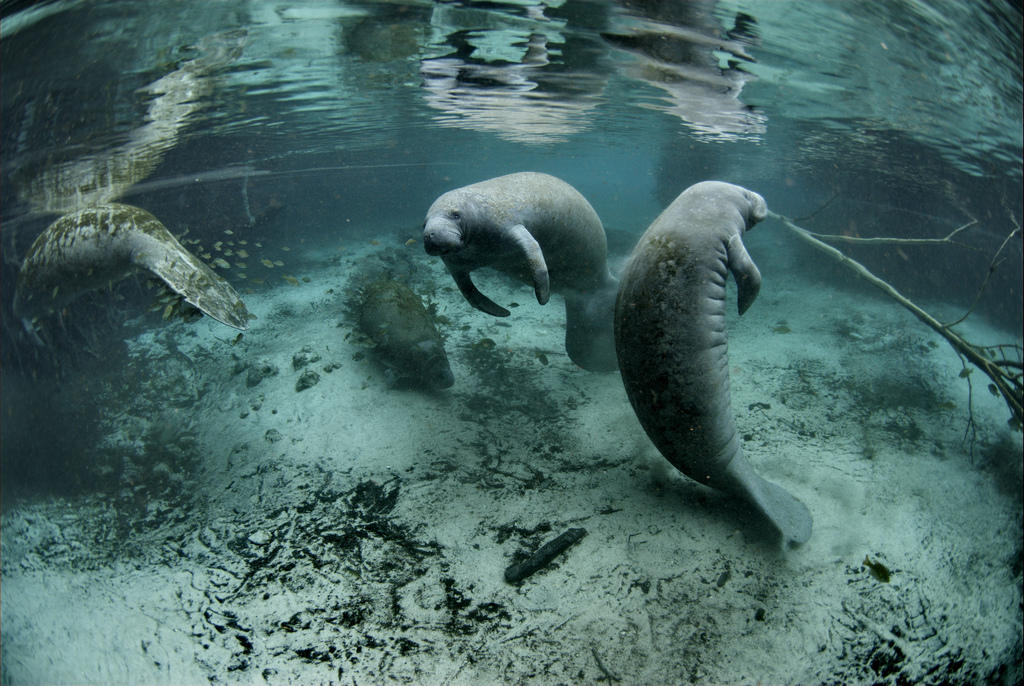
Manatee satellite tags collect and transmit accurate GPS locations, as well as data on water temperature, activity, and diving behavior. Unlike other means of studying wildlife, such as aerial surveys and photo-identification, satellite telemetry provides information on the animal’s movements, behavior, and habitat use 24 hours per day and in all weather conditions. Modern technology allows you to witness manatee behavior like never before.
These GPS units can be programmed to acquire a location at any time interval and store that information in their memory; for example, a 15-minute GPS fix interval can provide up to 96 locations per day for up to 6 months. The satellite-linked UHF transmitter, technically referred to as a platform transmitter terminal or PTT, sends these GPS locations – along with data on tag activity, temperature, and diving behavior – to orbiting satellites through the Argos satellite system. This high-tech approach has revolutionized how scientists understand manatee adaptation strategies.
Migration Patterns: New Routes for New Times
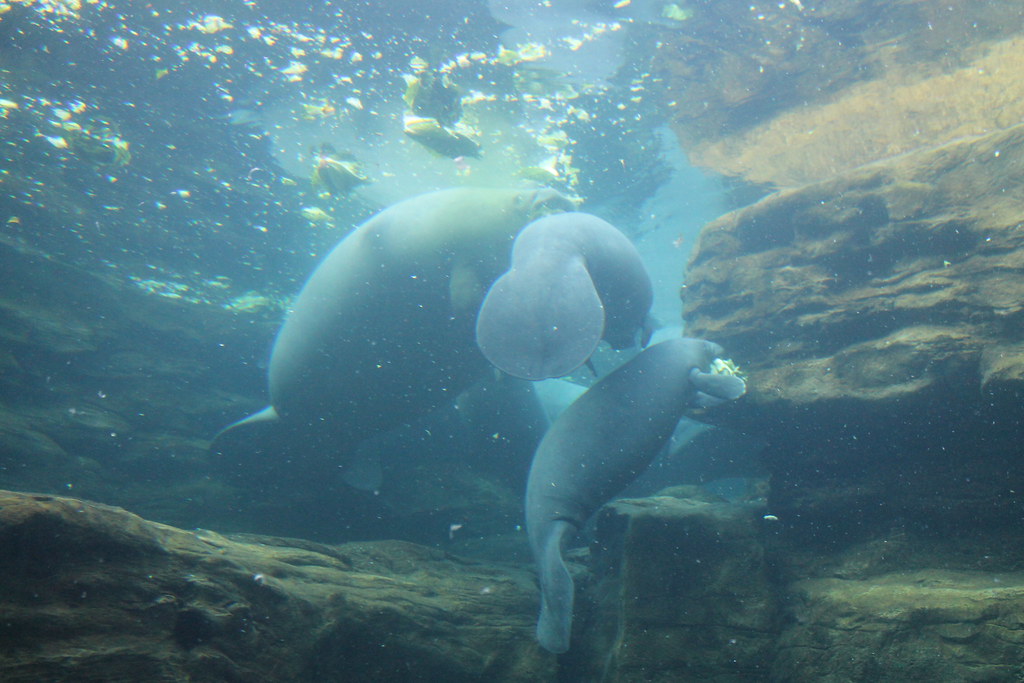
Satellite tags have allowed biologists to document the seasonal migrations of Florida manatees over hundreds of kilometers. These aquatic mammals show strong site fidelity to warm-water refuges in winter, as well as to summer home ranges; in other words, individuals generally return to the same location year after year. Yet rising seas are causing subtle but significant changes in these established patterns.
Furthermore, increased occurrence of manatees outside of Florida is likely driven by a combination of population growth, favorable temperatures, and potential changes in dietary resources associated with ecological and climatic changes. These factors make manatees useful sentinels to test how partial migration may facilitate range shifts or expansion due to climate change. Think of them as marine pioneers exploring new territories as their traditional routes become altered.
Expanding Geographic Boundaries
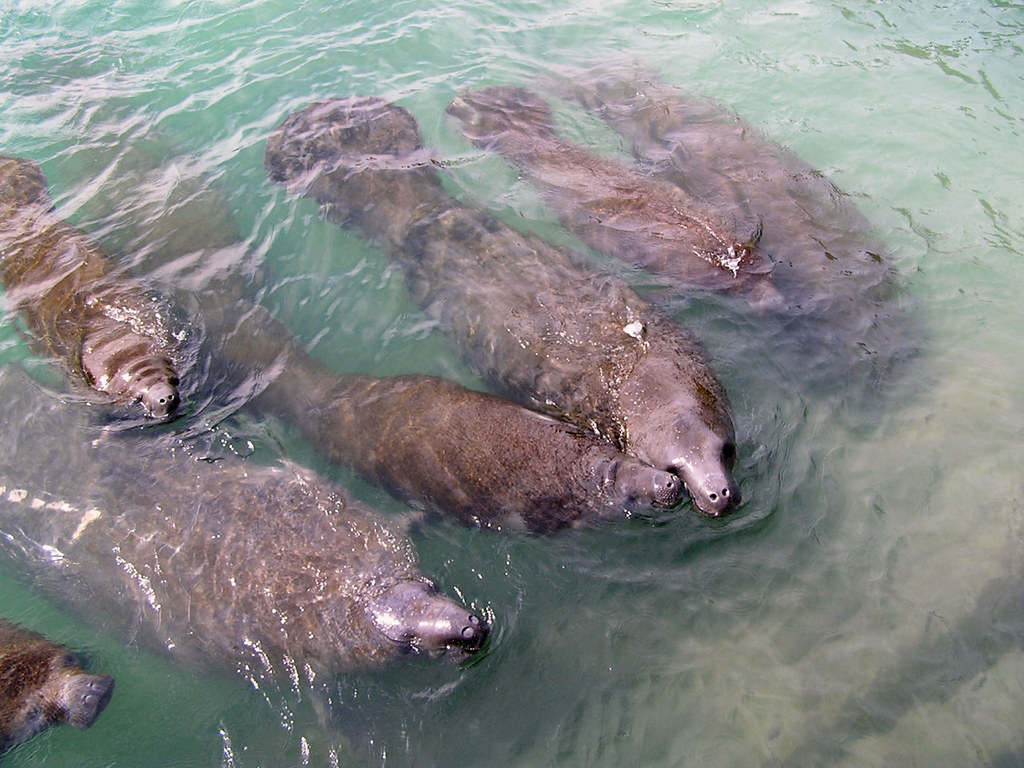
While well-documented historically in the north-central Gulf of Mexico, manatee sightings have drastically increased along the Alabama, Mississippi, and Louisiana coasts in warm months during the last several decades. Increasing manatee population numbers in western and northwestern Florida may contribute to the increasing number of individuals migrating to the northern Gulf of Mexico during recent years.
Cold season manatee sightings at a known western migratory endpoint (Alabama waters) have increased during the last decade, primarily through increased sightings during the late fall and early winter that correspond to increased regional temperatures during the same period. Manatees may use thermal microrefugia to remain at northern latitudes longer, delaying seasonal migrations or overwintering as conditions allow. You’re witnessing a real-time range expansion driven by environmental changes.
Power Plant Dependencies: A Double-Edged Adaptation
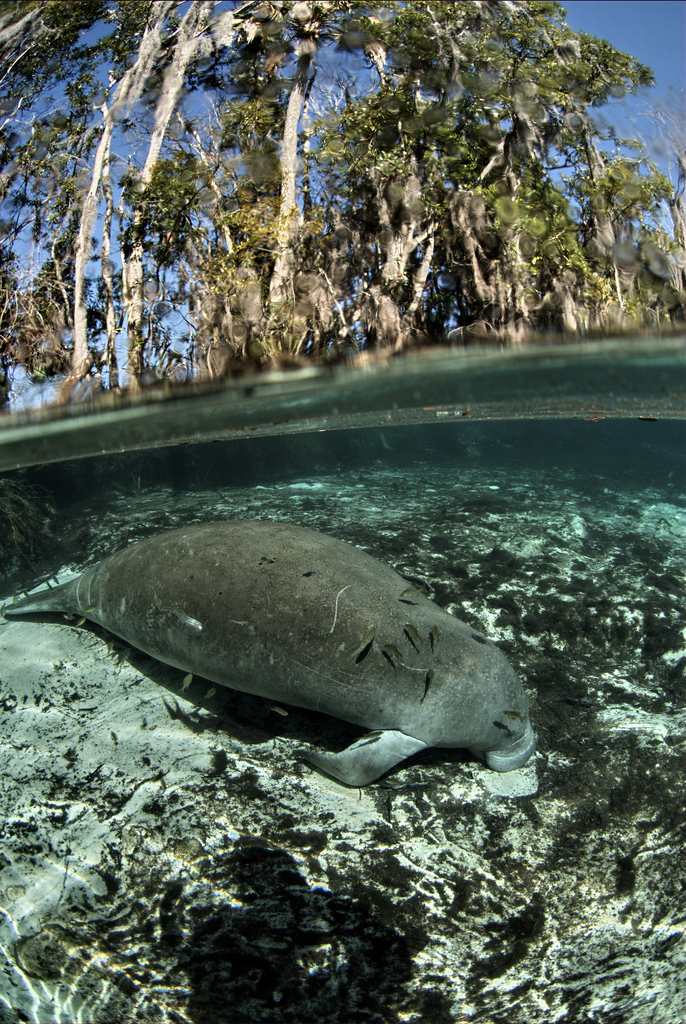
In search of new warm water habitats, manatees have developed a generations-strong dependence on warm water discharges from the state’s coal-fired power plants, using them as a refuge during the winter. But in the next 30 years, Florida aims to pivot away from these industrial sites and toward renewable energy, and the animals are poised to lose one of their primary warm water refugia.
As generations went by, they passed this information on to their offspring, and now nearly all the Florida manatees migrate to the power stations every year. While these power plants give the manatees a leg up by expanding their territory, they may also be endangering their lives. This adaptation showcases both manatee intelligence and their vulnerability to human infrastructure changes.
Seagrass Habitat Challenges and Dietary Flexibility
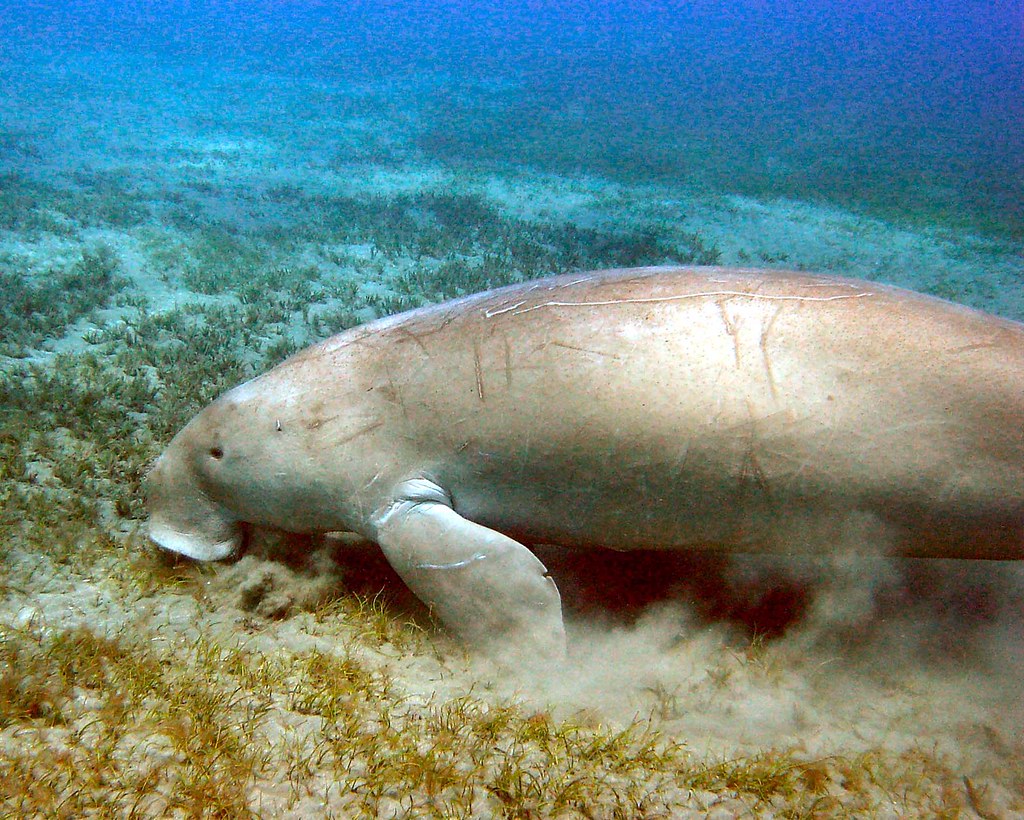
Manatees, as herbivores, rely on seagrass as a primary food source. However, as sea level rises and is accompanied by increased turbidity and other impacts to water quality, seagrasses will likely be negatively impacted. Rising waters don’t just affect where manatees can swim – they fundamentally alter what they can eat.
Water plants, such as the hydrilla and water hyacinth, have invaded many Florida waterways providing a tasty snack for the floating herbivores. Water plants, such as the hydrilla and water hyacinth, have invaded many Florida waterways providing a tasty snack for the floating herbivores. These invasive species were able to support larger manatee populations. Ironically, invasive plants have become an unexpected food source helping manatees adapt.
Temperature Threshold Adaptations
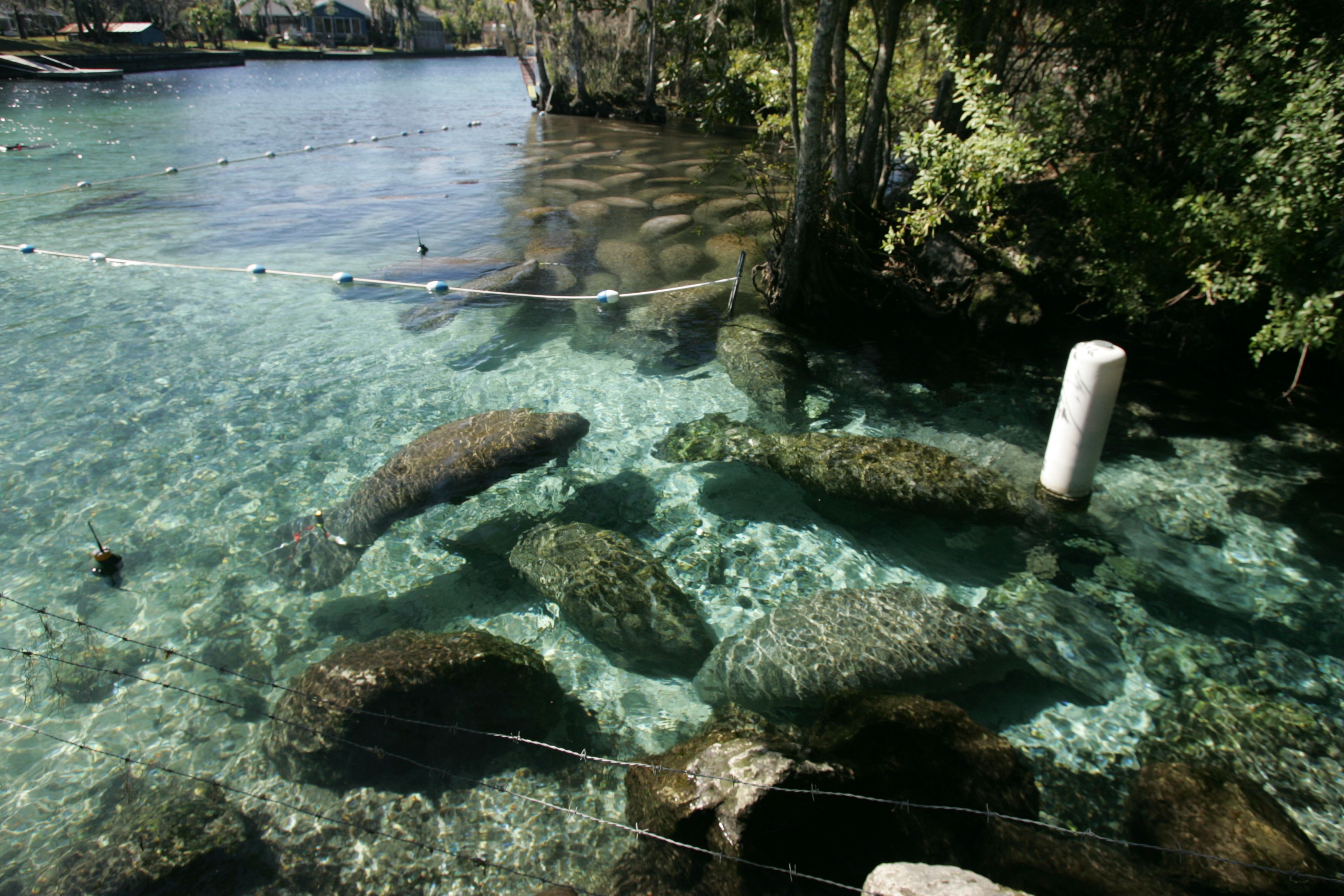
Manatees become vulnerable to cold stress syndrome when water temperatures drop below 68°F. While they may look round and chubby, they lack the insulating blubber found in whales and seals and have difficulty regulating their body temperature – their size is due to their large digestive tracts. Understanding these thermal limitations helps explain their behavioral adaptations.
Thermal anomalies were detected at various sources, and documented manatee sightings at or near these sites support use as thermal microrefugia during cold periods. Manatees may use thermal microrefugia to remain at northern latitudes longer, delaying seasonal migrations or overwintering as conditions allow. They’re learning to find and exploit small pockets of warmth in increasingly complex environments.
Coastal Development and Habitat Modification

With sea level rise, coastal habitats will also be threatened by “armoring,” as coastal towns and cities build seawalls and levees to deflect rising waters. Mangrove barriers, typically safe havens for these creatures and where they graze, are under threat from rising sea levels. This degradation has opened up areas that were once protected, leading to increased boat traffic.
As humans modify coastlines to protect property, manatees lose crucial shallow-water feeding grounds. Yet they continue demonstrating remarkable flexibility by seeking alternative routes and habitats. The challenge lies in finding spaces that provide both warmth and food while avoiding increased human activity.
Behavioral Intelligence in Navigation
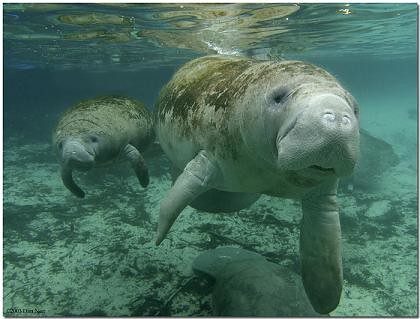
The decision to make a trip out of (versus enter) Kings Bay was related to a combination of factors, including gage height, time of day, and tide stage, while daily average water temperature was not a significant influence. There was a clear indication that manatees were timing trips out of the bay to move with the outgoing current, minimizing energetic expenditures.
The figure below is an example of a travel path over a 12-hour period as the manatee left the warm water of the power plant discharge canal and traveled ~10 km across cooler waters to reach seagrass beds along the MacDill peninsula of northeast Tampa Bay. This manatee traveled at a steady rate of 1.8 km per hour on a fairly straight track across the bay. You’re seeing evidence of sophisticated decision-making that optimizes energy use in changing conditions.
Conservation Success Stories and Population Growth
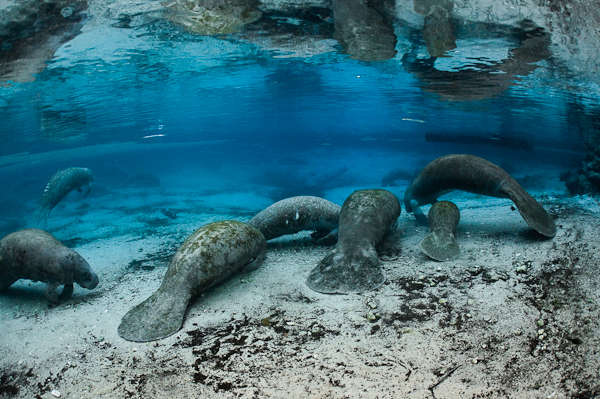
The state’s manatee population is between 8,350 to 11,730, according to the Florida Fish and Wildlife Conservation Commission. That’s enough that in 2017 they were reclassified from endangered to threatened under the federal Endangered Species Act. This represents a conservation triumph that’s created new challenges as populations expand into previously unoccupied areas.
The state’s current manatee population is between 8,350 and 11,730, according to the Florida Fish and Wildlife Conservation Commission. That’s enough that, in 2017, they were reclassified from endangered to threatened under the federal Endangered Species Act. Success brings its own adaptation requirements as more manatees compete for prime habitat spaces.
Future Climate Projections and Range Expansion
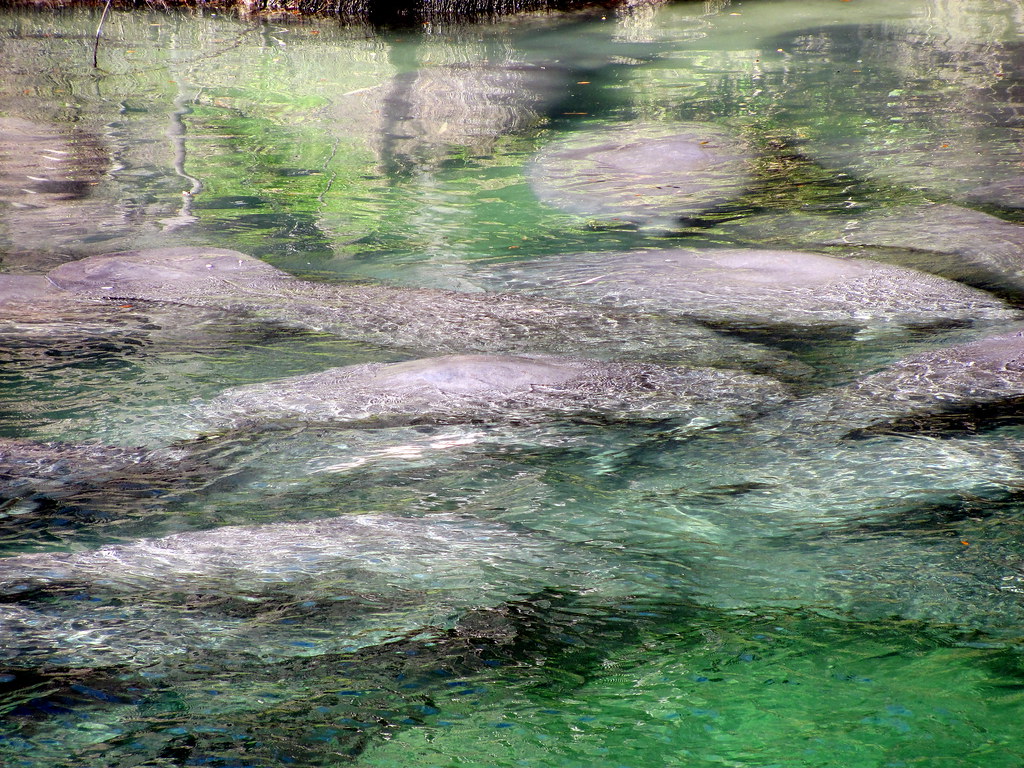
This northward trend is predicted to continue, with manatees having a higher probability of occurrence in areas farther north and in more future time periods, concomitant with greater greenhouse gas emissions and associated warming that extends favorable habitat for manatees. Climate models suggest manatees will continue expanding their range as temperatures warm.
Manatees are also likely harbingers of climate driven, ecological changes in places like the nGoM, as other tropical associated species are becoming increasingly common. Understanding the ecologically meaningful components of manatee migrations will support ongoing range-wide management, conservation, and species recovery actions. These gentle giants serve as living indicators of how marine ecosystems are responding to environmental change.
Florida’s manatees are proving themselves to be far more adaptable than anyone expected when rising seas began reshaping their world. From exploiting industrial warm-water sources to expanding into new geographic territories, these ancient creatures demonstrate remarkable behavioral flexibility. Their story isn’t just about survival – it’s about evolutionary intelligence in action.
Manatees will need to adapt to such changes in order to survive. The evidence shows they’re already doing exactly that, surprising scientists with their capacity for learning and adjustment. What do you think about these gentle giants’ ability to adapt? Tell us in the comments.

Hi, I’m Andrew, and I come from India. Experienced content specialist with a passion for writing. My forte includes health and wellness, Travel, Animals, and Nature. A nature nomad, I am obsessed with mountains and love high-altitude trekking. I have been on several Himalayan treks in India including the Everest Base Camp in Nepal, a profound experience.



